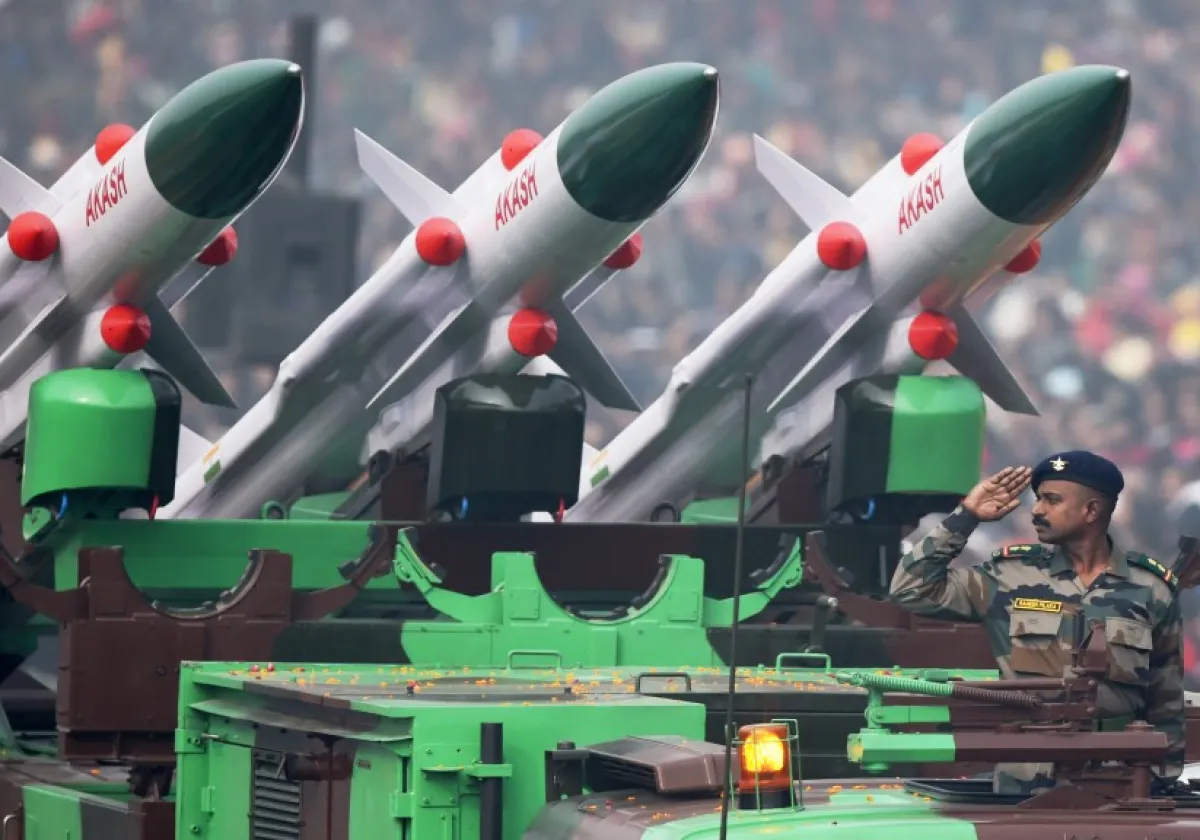New Delhi: India has launched an accelerated production drive for its indigenous Akash surface-to-air missile (SAM) system following the weapon’s strong battlefield performance during Operation Sindoor earlier this year. The May 2025 operation saw Akash units of the Indian Air Force and Army intercept multiple incoming Pakistani short-range ballistic and cruise missiles, offering the first full demonstration of the system’s combat readiness under live operational conditions.
Bharat Dynamics Limited (BDL), which leads the production of Akash missiles, has begun expanding manufacturing capacity at its Bhanur plant and is preparing additional production lines at its upcoming facility in Jhansi. The objective is to replenish strategic stockpiles, induct new regiments for the IAF and Army, and meet ongoing international demand.
Industry partners, including Bharat Electronics Limited (BEL), Larsen & Toubro (L&T), and TATA Advanced Systems, are simultaneously increasing production of radars, launch vehicles and command-and-control components required for the missile batteries.
Defence officials have confirmed that the Ministry of Defence has approved fast-track orders for both the Akash-1S and the next-generation Akash-NG systems.
The Akash-1S, fitted with an indigenous AESA seeker, offers improved precision and better performance against low-visibility and low-RCS targets. The Akash-NG, featuring a solid-fuel ducted ramjet (SFDR) propulsion system, extends engagement ranges to nearly 70 km, expanding India’s layered air defence umbrella across sensitive northern and western sectors.
Efforts are also underway to integrate the Akash family of missiles more deeply into the Integrated Air Command and Control System (IACCS). DRDO and BDL are coordinating modular upgrades that will enable automated threat assessment and real-time engagement decisions. The IAF has additionally sought expanded radar coverage, with greater networking between Akash units and indigenous systems such as the Ashwini and Arudhra radars to strengthen responses against saturation attacks and drone swarms.

Following its validated combat performance, the Akash system has seen renewed interest from countries across Southeast Asia, the Middle East, and Africa. Negotiations with Vietnam, the Philippines, and Armenia have advanced, with several nations favouring the Akash-NG variant due to its competitive cost, indigenous technology base, and wartime reliability.
The production surge closely aligns with the government’s Atmanirbhar Bharat initiative, under which more than 85% of the Akash system’s components are sourced from domestic suppliers. This includes propulsion units, seeker heads, canisters, phased-array radars, and critical command-guidance electronics. The expansion is expected to generate substantial employment within defence manufacturing hubs in Hyderabad, Bengaluru, and Nagpur, particularly among MSMEs.
With regional threats on the rise, including Pakistan’s growing missile and drone inventories and China’s reinforcement of its western theatre, defence planners see the strengthening of the Akash programme as a vital step toward securing long-term air defence self-reliance. India’s decision to scale up production signals a clear commitment to enhancing deterrence capability through indigenous solutions.





